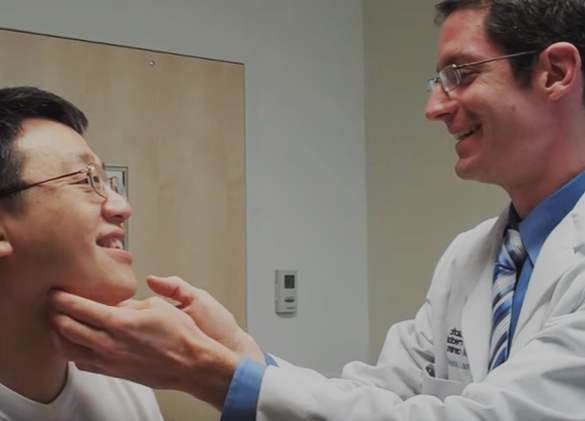See what the dermabrasion tips or bits look like and learn how they can help perform scar revision.
Whenever I discuss performing possible scar revision with a patient I often bring up the possibility of using dermabrasion. Many people mistakenly assume that I'm talking about micro-dermabrasion where in fact I'm talking about the much more powerful technique of medical grade dermabrasion. Micro-dermabrasion treats the skin in a superficial way, lending itself to a quick recovery with essentially no down time. Unfortunately, this level of resurfacing isn't able to create much of an improvement when it comes to revising a scar (from trauma, prior surgery, or acne).
The Osada dermabrasion handpiece
Medical grade dermabrasion uses a Dremmel-like handpiece tool on which a variety of tip or bits can be attached. Here's a photo of what the dermabrasion handpiece and machine looks like:
Diamond and wire brush dermabrasion tips
So what do the dermabsion bits look like? Here's a photo that shows a variety of the tips that I use:

You can see that I mainly use diamond fraizes with a mix of shapes. The variety of shapes allows me to reach into many of the complex areas of the face such as around the nose. They also allow me to feather the level of resurfacing treatment.
These tips come in a variety of levels of coarseness. This allows for adjustments in the level of treatment in addition to the manual amount of pressure applied with the device.
Dermabrasion works by essentially sanding the outer layer of skin cells which then allows new skin to grow in the area. I find it to be invaluable when treating facial scars caused by either skin cancer excision, trauma or acne.
Learn more about skin resurfacing here. See an example of scar revision here.


